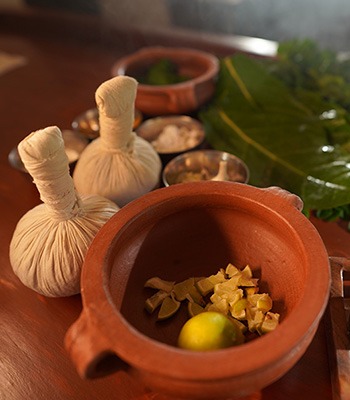

Many, many moons ago, during the era of the Indus Valley Civilization (3000 BC – 1500 BC), a distinguished assembly of sages hailing from different regions, each representing regional wisdom of traditional medicine, convened amidst the backdrop of the Himalayas. These Gurus, originating from South, North, and Central Asia, united with a singular purpose: to craft a comprehensive Life Science known as Ayurveda. This exceptional discipline seamlessly amalgamated the most exceptional elements from each regional wisdom.
The sacred knowledge of Ayurveda, tested through clinical trials, has been transmitted through countless generations and remains an integral part of India’s cultural heritage and daily life, preserved in its purest form.
Ayu, meaning Life, and Veda, signifying Science – Ayurveda, translates to the “Science of Life.” Ayurveda, true to its name, isn’t solely concerned with the treatment of specific ailments; it encompasses a comprehensive way of life. Rooted in the teachings of the Vedas, Ayurveda encapsulates five millennia of wisdom, crystallized into a systematic practice. The eight branches of Ayurveda, cover various aspects of health; they include:
Each branch plays a crucial role in Ayurveda, catering to diverse aspects of health and healing.

